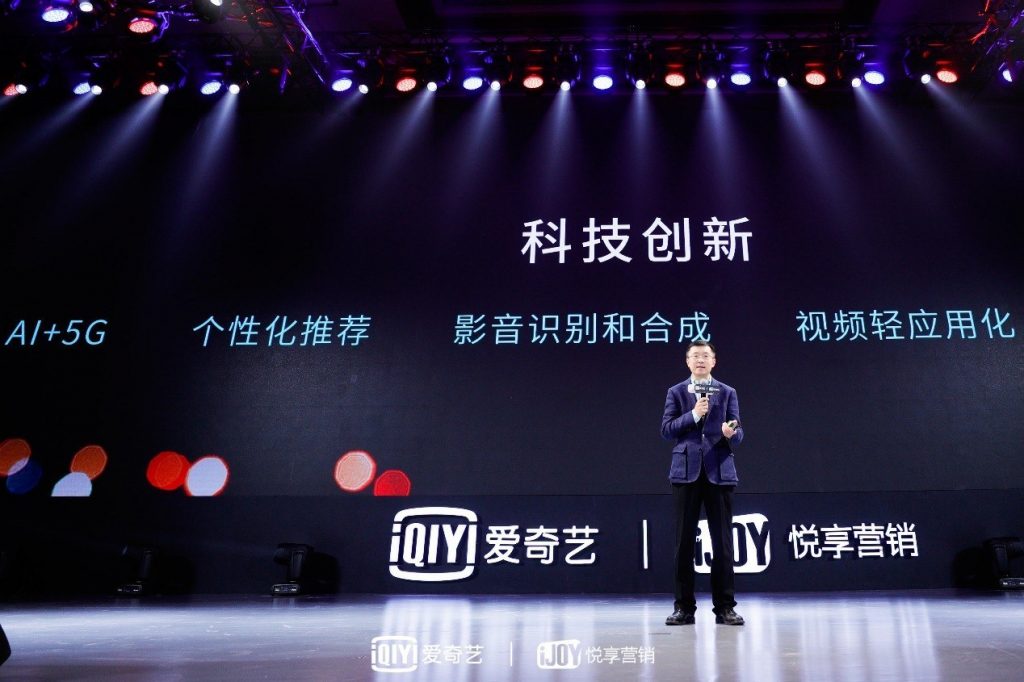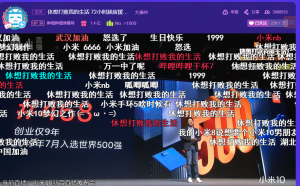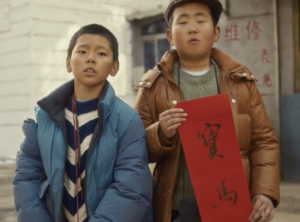
Gong Yu, Founder and CEO of iQIYI, delivers keynote speech at 2019 iQIYI iJOY Conference
Video-streaming service iQiyi held its annual iJoy Conference in Shanghai last month, where it shared content plans for 2020 and marketing developments relevant to brands and other partners. Under the theme “New Trends New Growth,” the company plans to focus on technology innovation — especially in the areas of 5G and artificial intelligence — and original content.
Next year will mark 10 years since iQiyi was founded, and the company plans to invest more than RMB 20 billion on 200 new programs, including more than 30 reality shows and 100-plus dramatic series. It’s a far cry from the days when iQiyi was heavily reliant on imported drama, especially from South Korea, to draw viewers, and the service now leads the Chinese market for online drama with hits such as 2018’s “The Story of Yanxi Palace” (延禧攻略).
Under what it terms a “top and circle” strategy, iQiyi will draw on cultural trends and social influences to develop part of its content to have broader mainstream appeal, while also expanding its focus on more specialized content that targets niche audience groups.
And increasingly, iQiyi is following the tenet that “advertising is content, content is advertising,” which provides further opportunities for brands to achieve effective integration with its programming. Below are some of the key issues discussed at the iJoy conference that are most relevant to brands.
Dual-pronged content strategy
iQiyi will continue with its heavy focus on youth trends to reach the all-important Gen Z and millennial audiences. iQiyi has had great success so far in this area, with shows such as “U Can U Bibi” (奇葩说) and “Rap of China” (中国新说唱) among the breakout hits that are returning for additional seasons.
In addition, more content will be developed for underserved demographics. Gong Yu, founder and CEO of iQiyi, said that while producing a show that has mainstream appeal is obviously considered a success, content that targets specific user types may be the next major growth area. As an example, he noted middle-aged male audiences: They are more likely to have higher incomes and greater purchasing power, but few production companies consider their programming needs.
Brand values
iQiyi’s “brand value growth model” seeks to leverage the platform’s advantages in premium content to offer brands opportunities that resonate with the personal values of target audiences. For example, iQiyi’s hit talent competition “Idol Producer”(偶像练习生) used the phrase “the harder you work, the luckier you will be” as its slogan, which fans of the show came to identify with, and could be adopted by brands in developing marketing plans around the show.
A planned launch of three new original drama categories — 7100, TOP, and Themed — with long-term brand partners that include Coca-Cola and Huawei, will be accompanied by varying goals for audiences, genre and production depending on the category.
AI to aid branding
Gong Yu also emphasized the use of AI, noting that visual and audio recognition technologies now allow ads to blend seamlessly with content so that the user experience less disrupted by advertising. Other AI-driven technology places ads as on-screen pop-ups during programs, or as part of the feed when users browse on the platform, in a manner personalized to the content being viewed, and iQiyi has more than 20 marketing features that it can present to its paid subscribers. Viewers will also be empowered to more directly influence the ads they see through iQiyi’s “smart ads,” which will enable them to choose which ads to watch.
Xu Yongming, vice president of advertising innovation, outlined several other developments in how brands can be highlighted on iQiyi’s platform:
- Takeover ads that appear when iQiyi is launched (a favorite of luxury brands).
- Interactive ads such as the one that recently debuted on “Rap of China.” iQiyi has opened an interactive ad production center and released a white paper on interactive advertising earlier this year.
- AI-enabled brand integration during post-production. For example, if a jewelry brand seeks to be placed on a drama, AI technology can identify moments when the female lead is wearing a necklace and replace it with the brand’s necklace during the post-production process.
- Gamification strategies that encourage audiences to watch ads and engage with brands through activities such as completing a set of tasks, downloading an app, following a brand’s WeChat account, with rewards such as iQiyi membership.
See now, buy now
The future of brand integration in entertainment will allow consumers to shop featured products as they see them on screen. iQiyi has already enabled a function that allows users to add goods to a shopping basket while they watch a show, but the challenge lies in how to determine which scenes are most appropriate for marketing to viewers.
Extended marketing opportunities
iQiyi is also committed to expanding the ability of brands to reach potential consumers offline. Popular celebrities that appear on iQiyi shows offer an avenue for brands to leverage China’s booming fan economy by signing up-and-coming stars as brand ambassadors. Brands can then be promoted by celebrities on a show, though various social media channels, and via live events.
Chief Marketing Officer Vivian Wang discussed how iQiyi pays close attention to emerging trends in China’s pop and youth cultures, such as the current millennial and Gen Z obsessions with sneakers, blind boxes and milk tea. These provide a wealth of new marketing opportunities to reach young consumers through creative derivative products.
Another area of focus will be the luxury market. While beauty and fashion brands have had a presence on iQiyi for some time, over the next year the company seeks to develop content that aligns more with the needs of higher-end brands. One example is the upcoming streetwear-themed “Fourtry” (潮流合伙人) a reality show with celebrities Angelababy, Kris Wu, and others operating a trendy boutique in Tokyo (see this week’s case study for more).






